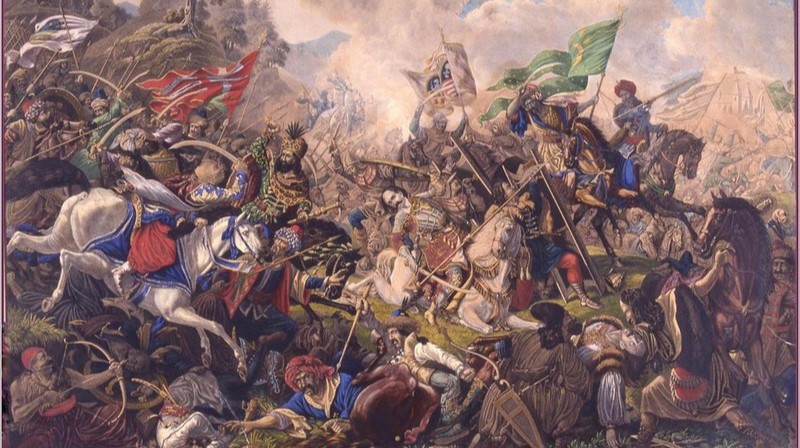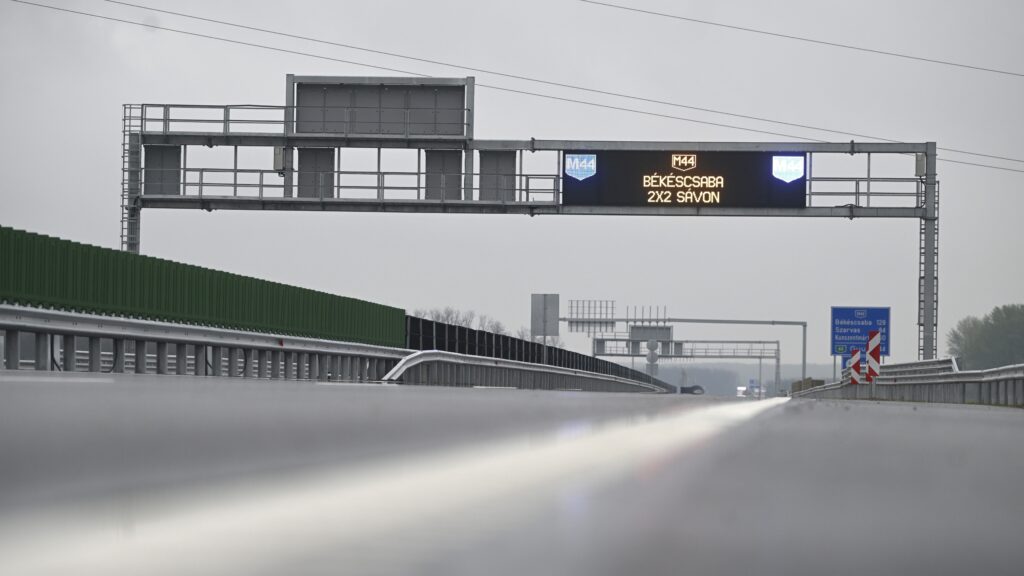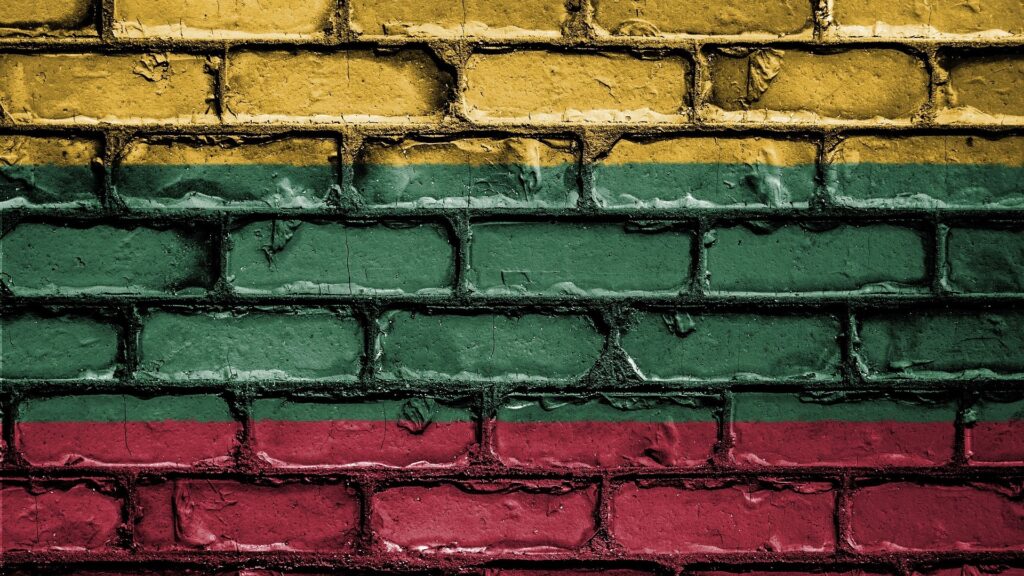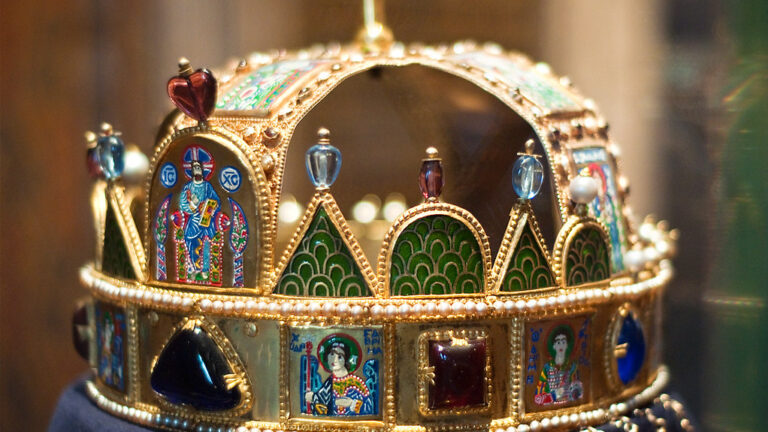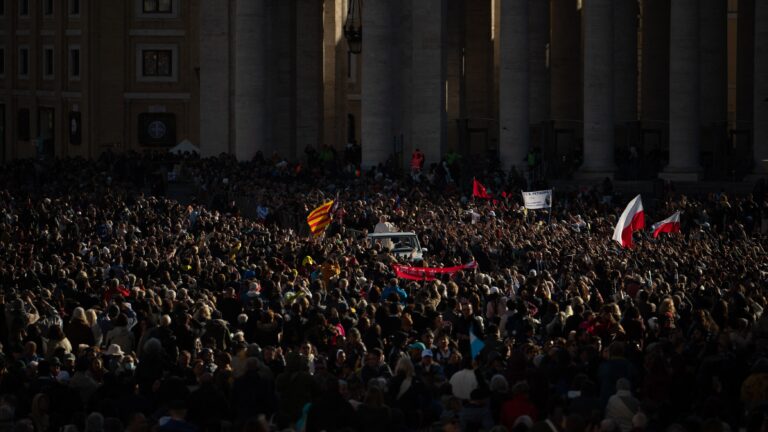The Ottoman–Hungarian wars of the reign of King Matthias (1458–1490) do not abound in open-field battles, much less in great Hungarian victories. There are several reasons for this, including the obvious failure of the offensive strategy attributed to the King’s father, John Hunyadi (1407–1456), and the grand strategy of Matthias, who deliberately sought to deter the Turks by campaigning in the west and simply sought to maintain the status quo on the Hungarian–Turkish front. An exception is the battle in which the combined forces of the two leading dignitaries of the Kingdom of Hungary, István Báthori (1430–1493), Voivode of Transylvania, and Pál Kinizsi (c. 1432–1494), Captain-General of Timiș, defeated the marauding Ottomans led by Isa Bey, who had been raiding southern Transylvania in the days leading up to the battle. Even though only one raiding army was defeated, the victory on 13 October 1479 near the village of Alkenyér (today’s Șibot, Romania) near the Maros (Mureș) River in Transylvania is still remembered as a major event in Hungarian history and is known as the Battle at Kenyérmező (Breadfield).[1]
In general, very little is known about Turkish invasions compared to the sheer number and scale of their destruction, as surprise, unpredictability, and speed were the keys to their success. Normally, except for the major invasions, they left few traces in written sources, and in reality, the number of known invasions along the southern frontier may have been much greater than those known. Their task was by no means just to capture loot and replace the wage for the soldiers, but also served larger political and strategic purposes, including the intimidation of the territories affected by the crossings, especially the Romanian principalities of Wallachia and Moldavia.
The biggest problem in organizing the Hungarian defence was that the direction of the Ottoman attack along the more than 600 kilometres of the southern border was unknown, so there was no possibility of advance mobilization. What is interesting in the history of warfare is that the Hungarians were still able to raise an effective army in a few days, while in other cases the mobilization process took many weeks. The royal army was already called up sometime in the summer, but, certainly, the Hungarian army did not stay together until October, only some parts of it remained in standby condition. The secret of the victory was still to be found in the successful reorganization of the defence by Matthias, the creation of the southern headquarters, the change of personnel, and the decisive promotion of experienced soldiers such as Báthori and Kinizsi. They were able to keep a well-armed army of one or two thousand soldiers on combat readiness at all times, practically ready for deployment at any time of the day.
‘The Ottoman–Hungarian wars of the reign of King Matthias do not abound in open-field battles, much less in great Hungarian victories’
The Turkish army, also equipped with firearms, was undoubtedly extremely powerful, as is evident from the large number of their leaders and the fact that they were said to have captured 30,000 horses after the battle. If the Turks set out with one reserve horse per soldier at least, we can expect a Turkish army of between 10,000 and 20,000 men. The journey through the mountain passes of 1,500 to 2,000 metres must have been no small task for the invaders, but the surprise they caused would have compensated them well. Judging by the events, the surprise attack must have been perfect, with a large booty and countless prisoners taken. The real challenge came on the return journey when they had to cross the Carpathians laden with loot and captives, with the Hungarians already on their trail. If the Christian troops were successful, it was usually the retreating troops they managed to defeat. With the surrounding passes closed by the Hungarians, the Turks had no choice but to engage Báthori’s army as soon as possible, in the hope that reinforcements from further away under Kinizsi would not arrive until then.
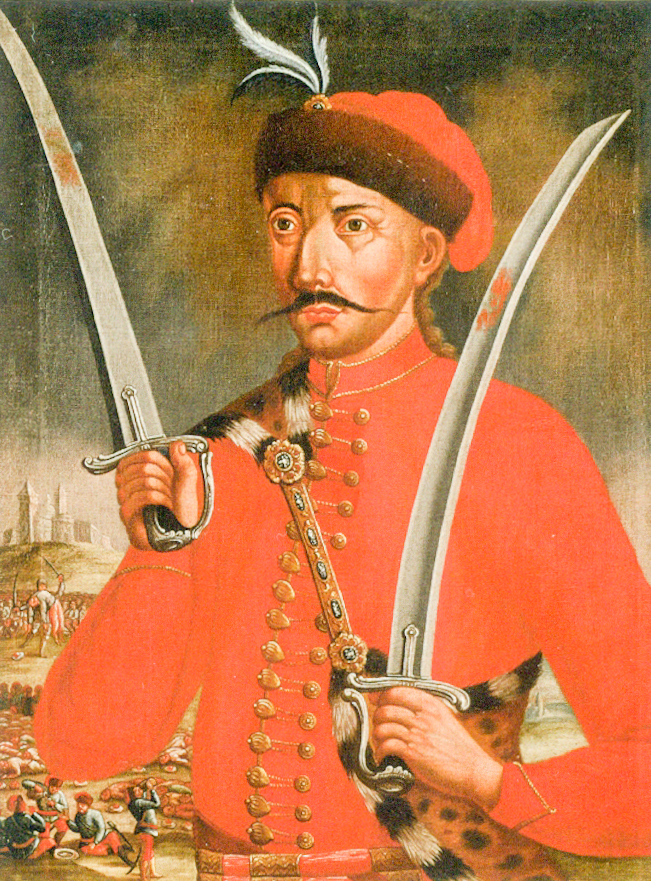
Fortunately, we know more about the battle itself than most medieval battles. All sources agree that the Turks were the first to prevail in the struggle and Báthori’s army was on the verge of collapse when Kinizsi intervened with his troops. According to the theatrical description of the historian Bonfini, Kinizsi appeared on the battlefield at the last moment and rescued his wounded fellow leader who had fallen from his horse. According to Turkish sources, they were mostly light cavalry, while the Hungarians wore armour, meaning that they were facing well-armed elite troops. However, the course of events is not clear. Eyewitnesses who recall the battle were more interested in the size of the loot, the names of the famous Turkish leaders who fell, including Isa Bey, and the number of Turkish prisoners, rather than the course of the battle. Military historians still debate to this day how the perfect timing of the arrival of Báthori’s army with the allied Serbs and Kinizsi’s army was achieved: was it a coincidence, a pre-planned action, or had they joined forces earlier? Perhaps it was part of the Hungarian battle plan that Kinizsi, with his relatively few men, delayed his intervention, waiting for the right moment.
‘The Turks were the first to prevail in the struggle and Báthori’s army was on the verge of collapse when Kinizsi intervened with his troops’
The memory of the battle survived even though it was only part of a smaller ‘low intensity’ conflict. On the one hand, this is thanks to the King, to whom his court historian Antonio Bonfini devoted long pages in his historical work—until the 18th century this became the standard Hungarian history, translated into German along with Hungarian extracts—, and on the other hand, to the Hungarian leaders involved, of whom the powerful Pál Kinizsi became a hero of folklore already in his own lifetime. He rose from a simple nobleman to become one of the country’s leaders, even if he was not a miller lad, as legend has it to this day. In Bonfini’s description of the battle, ‘Pál Kinizsi took two swords in his hands and, like a roaring lion, waded through blood everywhere’, and then, at the celebration following the battle, ‘Kinizsi was also called to dance; he stood in the middle of the circle, picked up a Turkish corpse, but only with his teeth, not even touching it with his hands. Then he began to leap with it in a circle.’ Bonfini most probably heard all this in the war songs that were written after the victory.
The other general, István Báthori, commemorated his own miraculous escape in multiple ways. He had a chapel erected on the site of the battle, where the fallen Hungarians were buried, and in it, he had a sermon and mass said every year. He also had a monument erected in the Basilica della Casa in Loreto, a famous pilgrimage site in Italy, with the inscription: ‘…Steward István Báthori had it erected in honour of God and his mother Mary, for having delivered him from a very great danger in 1479’. In addition, on the anniversary of the battle, in 1489, he sent a statue of the Madonna in silver, with the already mentioned historian Bonfini. The statues of the generals stand on the pedestal of the monument to King Matthias in Kolozsvár (now Cluj-Napoca, Romania), in the gallery of the famous generals. In the village of Nagyvázsony, in the place where Kinizsi’s castle stood and his sarcophagus was found, a statue was erected in his memory on the 530th anniversary of the battle.
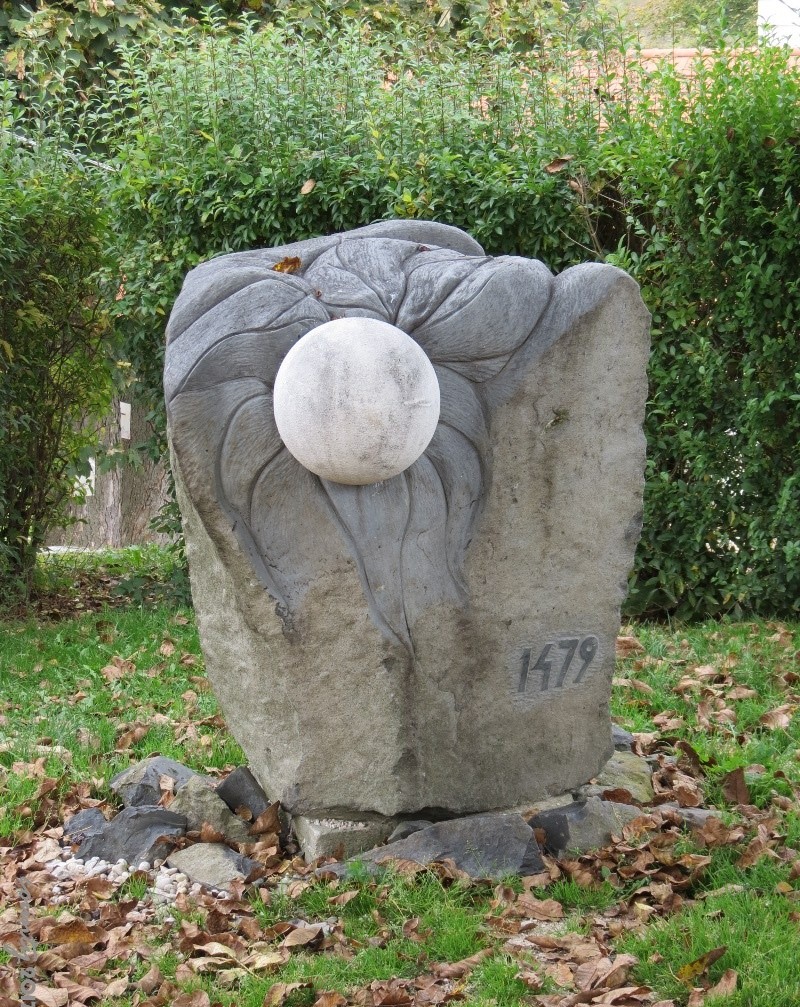
The victory might have even surprised the Hungarians. In the case of Kenyérmező, King Matthias was at first content to mention himself only in passing when reporting on the victory. However, later Matthias made sure that the diplomatic couriers of the European courts were informed of the battle as his own merit. At that time, of course, they could not have known that this was the Hungarians’ last great victory before the defeat at Mohács (1526) in an open-field battle against the Turks.
At the time, Matthias was already concentrating on his Austrian campaigns, for which he needed a peaceful southern border. However, this was interfered with by Ottoman Turkish action in 1479 and then in 1480 against the southern Italian city of Otranto, held by Matthias’ father-in-law, King Ferrante of Naples. On the eve of the Austrian wars, Matthias made the most of both events, after a Hungarian force of several hundred men crossed the Adriatic to Otranto. He then concluded a peace treaty with Sultan Bayezid II in 1483, which remained in force until the 1510s.
‘At that time, of course, they could not have known that this was the Hungarians’ last great victory before the defeat at Mohács’
All this did not affect the changing Hungarian–Turkish balance of power in the 1460–70s.[2] The Ottomans broke the Venetian resistance in the Balkans and the Mediterranean basin, eliminated Serbia, and put pressure on the Romanian principalities. Hungary’s security was now increasingly dependent on the international balance of power, which decades of peace had for some time obscured. However, these peaceful decades set the stage for the unprecedentedly peaceful late prosperity of the medieval Hungarian state. In addition to the victory at Nándorfehérvár in 1456 (now Belgrade, Serbia), smaller military successes such as the victories at Jajca (now Jajce, Bosnia and Herzegovina) in 1463–64, Szabács (now Šabac, Serbia) in 1476, and Kenyérmező in 1479 all played an important role. The Turks abandoned their attacks on Central Europe for many decades, expanding instead into the Mediterranean basin and the Middle East. It is no coincidence that when the altarpiece of Our Lady of Mercy was painted in the Church of St Francis in Zadar around 1480, the Pope was pictured to be joined by Matthias in defending Europe from the Turkish threat.[3] With these victories, Hungary gave Western Europe time to prepare itself economically and militarily for centuries of struggle with the Turks. It is true, however, that Hungary projected the false impression that it alone could hold back the Turkish advance, which proved to be a tragic mistake. One thing is certain: the European public had a lot to be grateful for to the Hungarian armies of the time for these victories.
[1] Tamás Pálosfalvi, From Nicopolis to Mohács A History of Ottoman-Hungarian Warfare, 1389-1526, Leiden, 2018, pp. 267–273.
[2] Colin Imber, The Ottoman Empire 1300–1481, Istanbul, 1990, p. 237.
[3] Ivana Prijatelj-Pavičić, ‘Az Irgalmas Szűzanya oltárkép a zárai Szent Ferenc-templomból’, in Sarobe Ramon and Csaba Tóth (eds.), Királylányok messzi földről. Magyarország és Katalónia a középkorban, Barcelona–Budapest, 42009, pp. 480–483.
Related articles:

